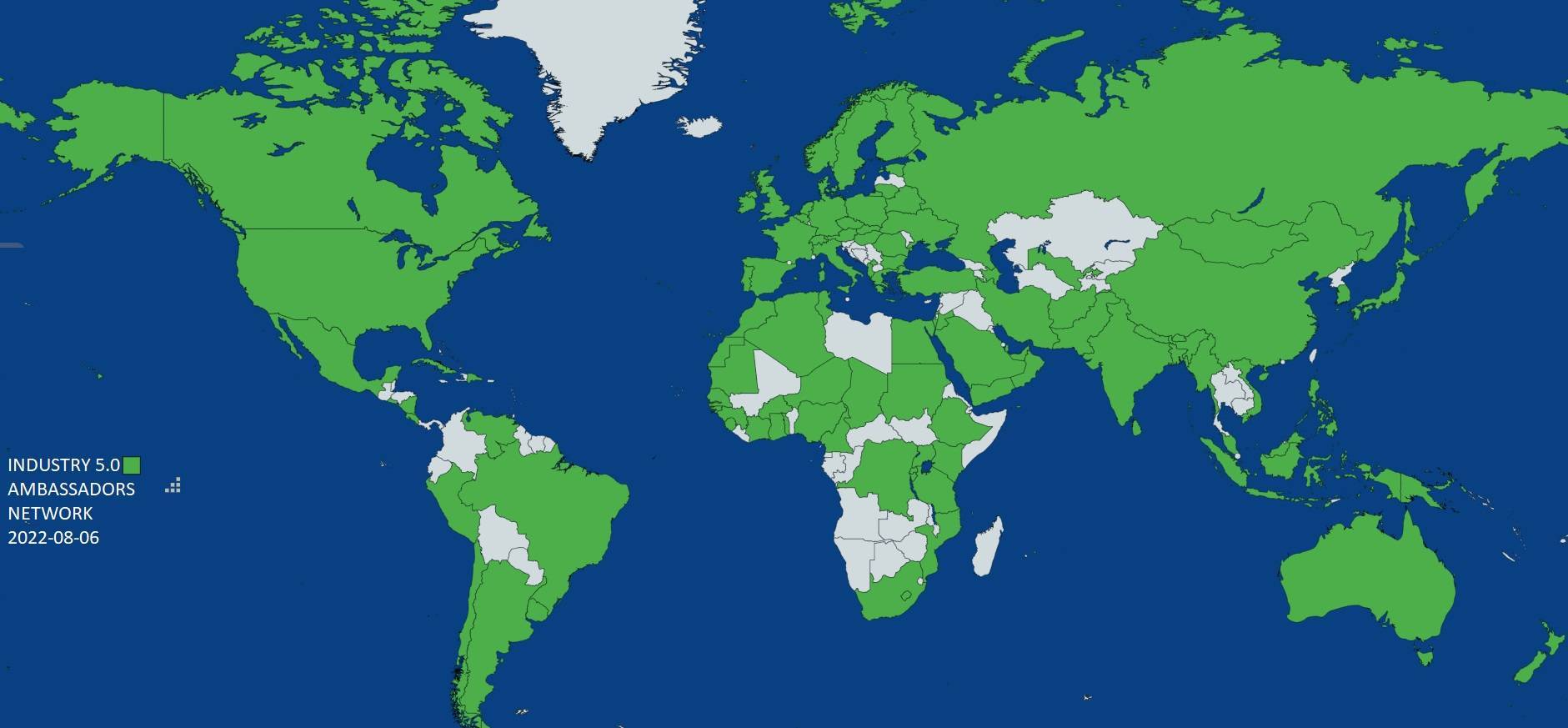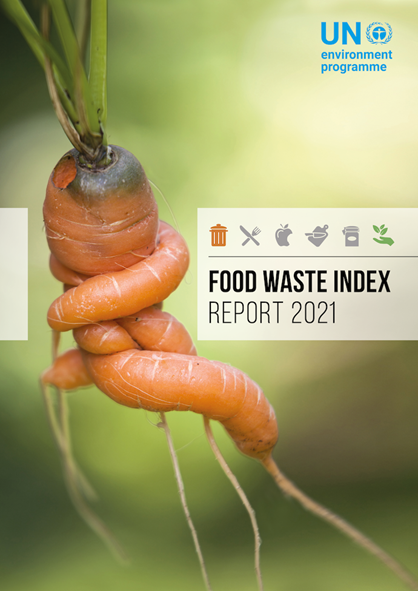According to a study, 40 percent of all food produced is thrown away. This harms the climate. There are possible solutions - but in the end it will come down to the consumers.
29.5 tonnes of food is produced according to the United Nations Food Waste Report Index (A) in the world thrown away every second. In addition, a study by the environmental organization WWF says that 1.2 billion tons are lost in agriculture worldwide every year before a product is even created.Around 40 percent of all food produced ends up in waste and this is responsible for 8-10% of all global greenhouse gas emissions.
Source FAZ from November 3rd, 2021 “How does this waste affect the climate? To this end, researchers have presented figures for the first time using a database on greenhouse gas emissions from the global food industry published in the journal Nature Food. They show that the food system, including the processes surrounding the production, sale and consumption of a product, was responsible for a third of man-made greenhouse gas emissions in 2015. Since, according to the Food Waste Report Index, a third of all food is thrown away, the goods produced per ton are responsible for eight to ten percent of greenhouse gas emissions, the UN calculates.”
The Food Waste Report Index, which uses various individual studies, states, for example, that 75 kilograms per capita are thrown away in private households in Germany every year. In Ghana (84 kilograms), Kenya (99) and Lebanon (105) there are significantly more. “This is often because there are often poorer storage options in such countries,” says Felicitas Schneider from the Thünen Institute, who contributed to the study for the BMEL as an author. And the eating habits differ from those of Western Europeans. Nevertheless, food waste is a global problem, not just one of the highly developed industrial nations.
Was bringen Gesetze? Verhindern Gesetze, dass Lebensmittel weggeworfen werden – NEIN! Wir, die Menschen verhindern dies, indem wir bewusster konsumieren, nur das kaufen, was wir wirklich brauchen und mit dem Überschuss so umgehen, wie wir es auch früher ohne Mindesthaltbarkeitsdatum gemacht haben – was noch gut war wurde gegessen. Denn letztendlich sagt die Studie im Auftrag des BMEL, dass nur 4 Prozent der weggeworfenen Produkte in Deutschland auf den Lebensmitteleinzelhandel zurückzuführen sind. Einen viel größeren Anteil haben Primärproduktion (12 Prozent), Verarbeitung (18 Prozent), Außer-Haus-Verpflegung (14 Prozent) und Privathaushalte (52 Prozent).
Hinsichtlich Gesetze, welche ein Wegwerfen verbieten schauen wir doch nach Frankreich „Die Menge der gespendeten Lebensmittel hat sich zwar vergrößert, die Qualität aber verschlechtert.“ Die sozialen Einrichtungen seien mit Lebensmitteln überflutet worden. Um eine gute gesetzliche Regelung zu finden, brauche es viele Diskussionsrunden. Zudem sei nicht nur die Politik in den einzelnen Ländern gefragt: „Wichtig wäre es, die G 20 dafür zu gewinnen, etwas zu tun. Auch weil sie eine Vorbildfunktion haben.“ Einsparpotentiale sieht sie zudem bei Produktion und Verarbeitung – durch den Einsatz von Künstlicher Intelligenz bei der Absatzplanung etwa. Doch am Ende wird es vor allem auf die Verbraucher ankommen.









